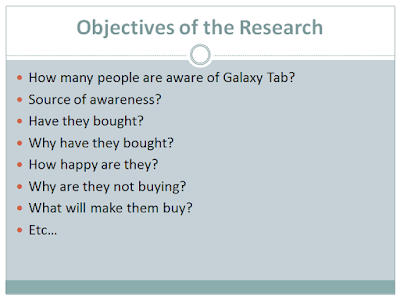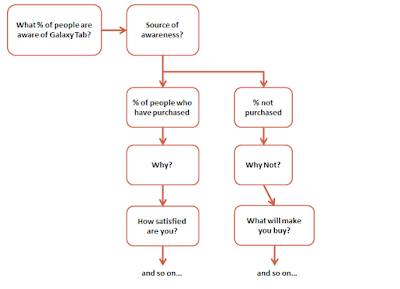The two biggest challenges facing every communicator are - Comprehension and Credibility. Comprehension is all about whether your audience understands you. Credibility is about belief. Do they believe you?
Today I want to talk about increasing comprehension. There is one tool which can help you improve the comprehension of your written text (and by extension, the spoken word too).
Flesch–Kincaid Readability Score
You have written your email or content on your slides. Before you press send, why not check what your readability score is? The higher the score, the more readable (and comprehensible) your content is. Scores usually range between 0 and 100.
Click here to visit the site. Copy paste your content and you get the readability score.
Let us see how it works. I will copy paste parts of Sir Ken Robinson's TED talk. His TED talk is the most watched TED talk ever. Here is a short story from his talk:
I heard a great story recently -- I love telling it -- of a little girl who was in a drawing lesson. She was six, and she was at the back, drawing, and the teacher said this girl hardly ever paid attention, and in this drawing lesson, she did. The teacher was fascinated. She went over to her, and she said, "What are you drawing?" And the girl said, "I'm drawing a picture of God." And the teacher said, "But nobody knows what God looks like." And the girl said, "They will, in a minute." [Score: 84.3 Excellent]
Here is another one describing his family's movement from the UK to the US:
But something strikes you when you move to America and travel around the world: Every education system on Earth has the same hierarchy of subjects. Every one. Doesn't matter where you go. You'd think it would be otherwise, but it isn't. At the top are mathematics and languages, then the humanities, and at the bottom are the arts. Everywhere on Earth. And in pretty much every system too, there's a hierarchy within the arts. Art and music are normally given a higher status in schools than drama and dance. There isn't an education system on the planet that teaches dance everyday to children the way we teach them mathematics. Why? Why not? I think this is rather important. I think math is very important, but so is dance. Children dance all the time if they're allowed to, we all do. We all have bodies, don't we? Did I miss a meeting? [Score 76.3 Excellent]
His entire talk is very easy to understand, and this ease of understanding makes his talk one of the best ever on TED stage. Now let us see how the corporate world communicates. Here is a sample text from some of the largest and most popular companies in the world. I have masked the names of these companies.
We are focused on maximizing our differentiation and competitiveness, and continue to make significant investments in the areas of training, acquisitions, emerging technologies, offerings and assets, and more. [Score -5.9 Pathetic]
We’ve always believed in serving the best coffee possible. It's our goal for all of our coffee to be grown under the highest standards of quality, using ethical sourcing practices. Our coffee buyers personally travel to coffee farms in Latin America, Africa and Asia to select high quality beans. And our master roasters bring out the balance and rich flavor of the beans through the signature XYZ Roast. [Score 56.1 Decent]
Our overall vision is for ABC's to become a modern, progressive burger company delivering a contemporary customer experience. Modern is about getting the brand to where we need to be today and progressive is about doing what it takes to be the ABC's our customers will expect tomorrow. To realize this commitment, we are focused on delivering great tasting, high-quality food to our customers and providing a world-class experience that makes them feel welcome and valued. [Score 38.1 Poor]
You get the drift, don't you? This test might not be accurate all the time, but it is surely a great tool to check the readability of our text before we deliver a presentation, write a report or send that important email. Click here and get testing.
Thanks Julian for the tip!











